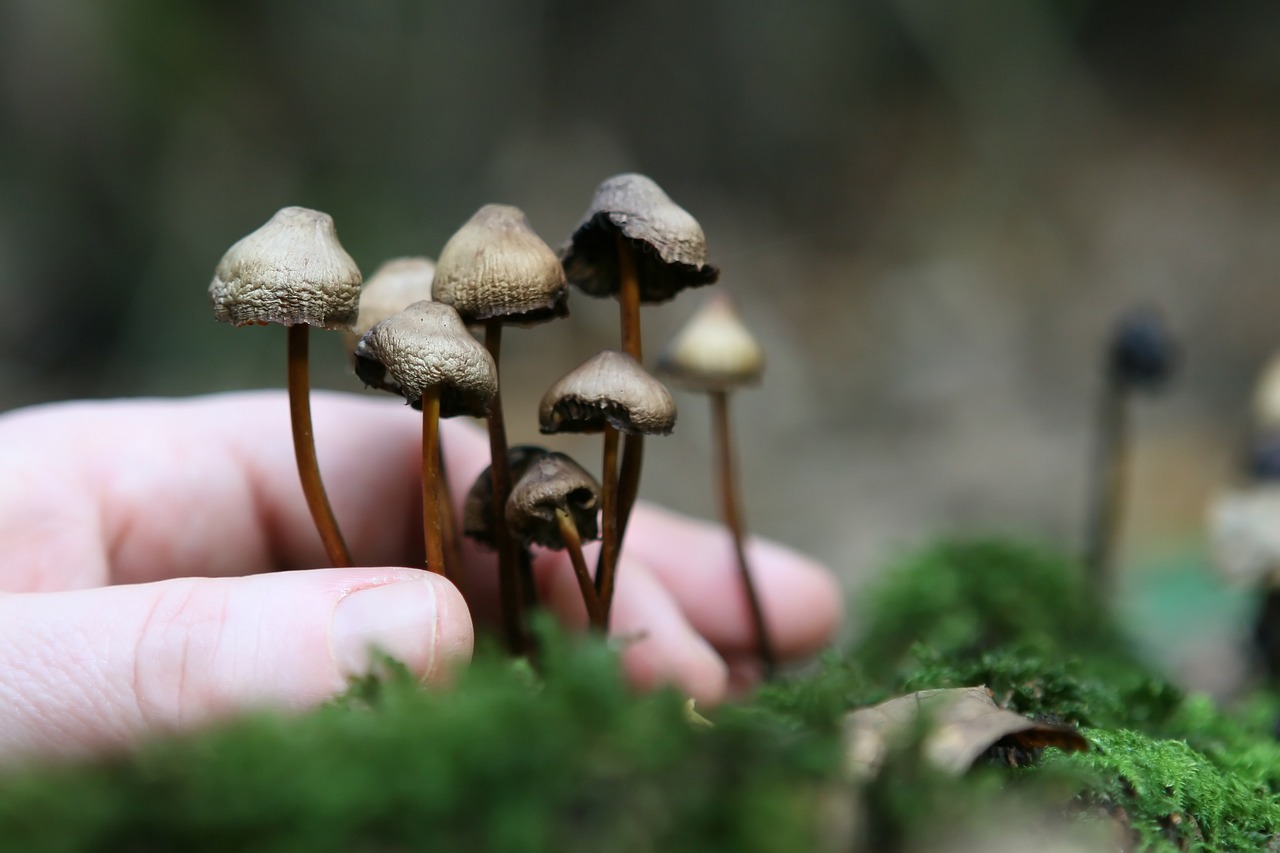Grasping the Concept of Mycelium
Mycelium, the foundation of fungi, acts as a digestive system for mushrooms. It extracts nutrients, transforms them into an absorbable form for the fungus, nourishing it in the process. This process also enriches the soil around it, producing nutrient-rich biomass that serves as an ideal mulch for gardening.
Besides facilitating mushroom growth, mycelium networks are integral to the health and proliferation of numerous land-based plants, including trees. For example, a symbiotic exchange occurs between tree roots and fungi: the tree provides sugars as carbon sources for the fungus, and in exchange, the fungus provides vital minerals like nitrogen and phosphorus to the tree. Learn more about this interaction here.
Fascinatingly, mycelium networks function as an underground communication system among plants, akin to neural networks in our brains. Recent scientific studies indicate that plants and trees may have rudimentary nervous systems that fungi might potentially influence, impacting functions like communication, memory, and learning. Moreover, mycelium promotes soil health by decomposing organic matter and neutralizing any pollutants.
If you have an interest in growing magic mushrooms, grasping the evolution of mycelium is key. While the cultivation process might be daunting for novices, understanding mycelium is an essential first step. While buying mushrooms from Shroom Store Canada online is always a possibility, learning about mycelium can elevate your cultivation journey.
Understanding the Growth Cycle of Mycelium
Upon encountering a growth-friendly environment, fungal spores begin to form two variations of mycelium. The first, known as primary or monokaryotic mycelium, is distinguished by a single nucleus in each cell and is usually invisible to the naked eye. The second variant, called secondary or dikaryotic mycelium, is visible and contains two nuclei in each cell.
When fungal spores germinate, they begin to form the first stage of mycelium, known as the monokaryotic mycelium. If this monokaryotic mycelium meets another compatible one, they combine to create the second stage, the dikaryotic mycelium. This secondary mycelium possesses the ability to generate mushrooms or sclerotia.
Types of Mycelium
Mycelia are classified into three types, two of which signify successful cultivation.
- Rhizomorphic mycelia resemble strings and are easily identifiable. Like all mycelia, they consist of units called hyphae. Rhizomorphs are clusters of these hyphae. Initially, rhizomorphic mycelia spread out, then send chemical signals back to the colony, indicating that the area ahead is suitable for nutrient supply. The rest of the mycelia then follow. The hyphae at the tip of the rhizomorphic mycelia release peroxidase, an enzyme that breaks down the material in front for nourishment. The hyphae then expand over the material, distributing nutrients throughout the colony. Many cultivators prefer rhizomorphic mycelia due to their higher potential of mushroom production as they sprout from the substrate.
- Tomentose, or “Fluffy” mycelia, share many characteristics with Rhizomorphic mycelia but their strands’ arrangement sets them apart. Though not immediately visible, the strands exist and cluster together, appearing like a cotton ball. Whether mycelia develop tomentose or rhizomorphic traits largely depends on the growing environment. Cultivators continue to debate whether the type of mycelia impacts the growth rate or the yield.
- Aerial mycelia arise when the growth conditions are not ideal. In such cases, the mycelia tend to expand outward instead of spreading across the medium or forming a ball. Often misidentified as bacterial infection, this type of mycelia can interfere with mushroom cultivation, leading to smaller, weaker mushrooms. Aerial mycelia usually occur due to inadequate fresh air exchange and excessive moisture.
Mould or Mycelium?
It is vital to distinguish between mould and mycelium. If green, blue, grey, or black patches appear on or in your fruiting box, it’s likely contaminated. Discoloration is a key sign. However, blue spots could simply be bruises.
Cobweb moulds are typically quite noticeable. Unlike the bright
The Mycelium typically displays a stringy, puffy texture with a subtle greyish tint. Although cobweb moulds and green moulds pose no health risks to humans, they can have detrimental effects on the health of your mushrooms.
Shroom Store Canada: Your Comprehensive Guide to Mushrooms
When psychedelic mushrooms in Canada are mentioned, remember Shroom Store Canada. We are committed to providing crucial information to ensure your mushroom experience is both safe and enjoyable.





